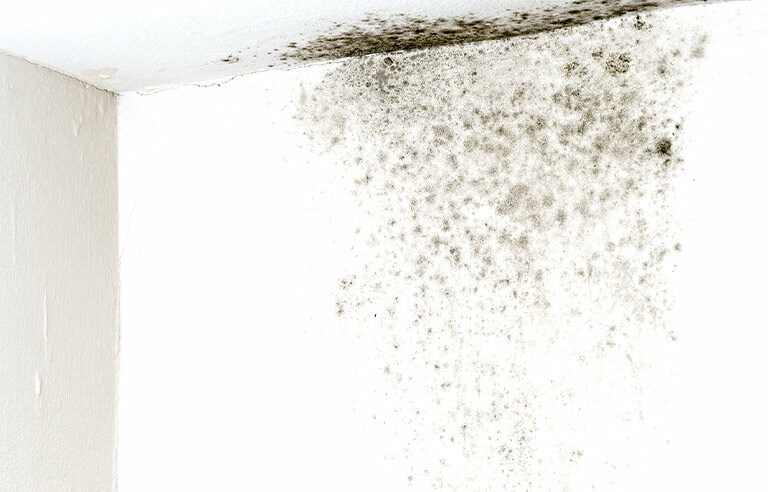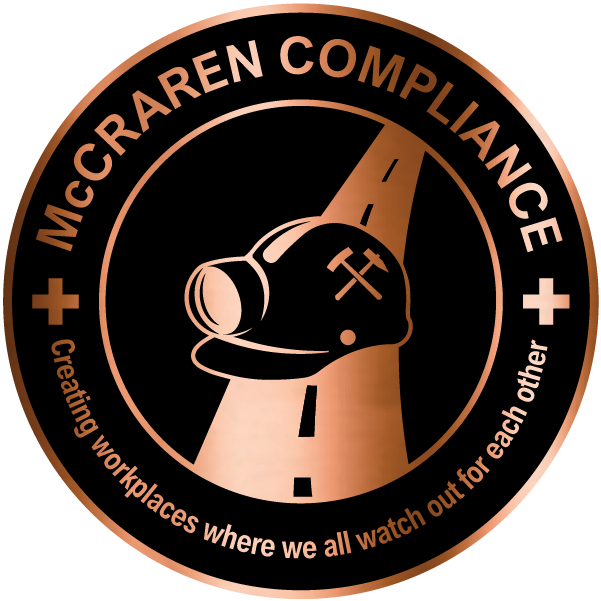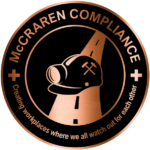
Photo: Ralf Geithe/iStockphoto
Flooding, excess rainwater or damaged plumbing can result in your work facility taking in water. That can lead to mold growth.
Mold typically forms 24-48 hours after water damage occurs, according to the Mine Safety and Health Administration. It can form on moisture-containing materials and in high-humid environments.
Here are some indications your workplace may have mold:
Unusual odors. MSHA says the smell of mold is often described as musty, earthy or unpleasant.
Respiratory or skin issues. Workers experiencing these conditions could be exposed to mold.
When searching for mold growth, the agency says, “Mold is often hidden inside walls, in crawl spaces, under or within furniture, and in other spaces not easily visible.”
If you find evidence of mold growth, you should:
- Make sure no water or moisture is still entering the area.
- Once you confirm no water is entering the area, dry the space using fans, dehumidifiers or other means of water removal.
- Determine the scope of the mold growth.
- Remove dust buildup with a HEPA vacuum.
- Begin mold remediation.
“Mold remediation is hazardous,” says MSHA, which recommends following appropriate mold remediation procedures and engineering controls, as well as wearing proper personal protective equipment during the process.
McCraren Compliance offers many opportunities in safety training to help circumvent accidents. Please take a moment to visit our calendar of classes to see what we can do to help your safety measures from training to consulting.
Original article published by Safety+Health an NSC publication


